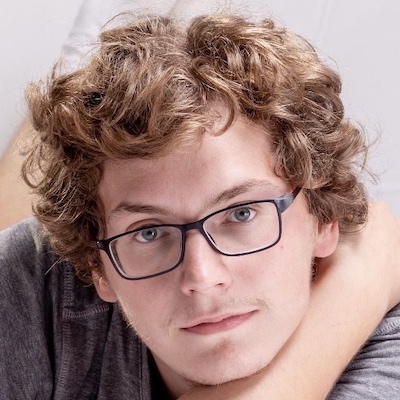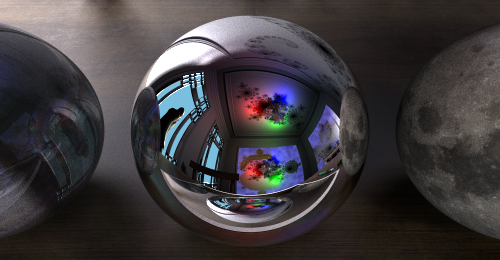Overview
This course provides the theoretical and practical foundations for computer graphics. It gives a wide overview of topics, techniques, and approaches used in various aspects of computer graphics with a focus on image synthesis and rendering, including texturing, shading, aliasing, sampling, and many more.
After introducing the two basic algorithms for image synthesis, ray tracing and rasterization, it discusses the physical foundations of ray tracing in greater depth. As part of the practical exercises, the students incrementally build their own ray tracing system, which they will then use to generate a high-quality rendering for the end-of-term rendering competition.
Additionally, on the discretion of the course organizers, an additional BVH speed competition may be held for bonus points.
Instructors
Teaching Assistants
Tutors




Language
All lectures and course materials are given in English
Tutoring sessions are also given in English, although some tutors may be able to help you in another language at their own discretion.
Pre-requisites
- Programming experience with C++
- Basic knowledge of linear algebra and analysis
Organisation
The course (lectures & tutorials) will be organized using this team in Microsoft Teams. Lectures are given in hybrid format. We encourage students to attend the lectures in person, but a stream over Teams will be provided for students unable to attend. Recordings of the lectures are made available in the files tab in the General channel, where you can find the “Recordings” folder.
Tutorials
Each student is assigned a tutor which will be responsible for them during the course. Each tutor hosts a weekly one-hour session answering questions about the next assignments and providing insight into the previous one. The tutorial sessions will be hosted in person at our chair.
Assignments
This course contains a practical commponent in the form of assignments. The assignments are mandatory for passing the course. You may group up with another student for solving the assignments. The assignments will be posted under the course schedule. They include a mix of theoretical and programming exercises.
Theoretical assignments
The paper copies for the theoretical parts of the assignments will be collected at the beginning of the lecture on the due date. You can also send the scans of your paper copy by mail to your tutor if your are unable to attend the lecture.
Programming assignments
We will be using the university’s GitLab for the programming parts, for which you will need a SIC account. The code submitted for the programming part of the assignments is required to reproduce the provided reference images, and the submission ought to include the mandatory generated images. The submission should also contain a creative image show-casing all extra-credit features that have been implemented. The projects are expected to compile and work out of the box on the machines in the CIP-pool students’ lab in order to give the tutors a guarantee that the code will run on machines that both them and the students have access to.
Grading
- 10% Rendering Competition
- 20% Mid-term exam (minimum 50% to pass)
- 30% Assignments
- 40% Final exam (minimum 50% to pass)
Course Schedule
All electronic documents for this lecture are made available exclusively for your studies and must not be forwarded, reproduced, or used in other documents without consent. Individual figures may originate from copyrighted sources even when not explicitly designated as such.
Rendering Competition
The Rendering Competition is a final showcase of how the ray tracing engine that was developed throughout the course can be used to render interesting images.
Close
You can also check out the results of the previous iteration
Literature
The course does not follow a particular book, but suggested readings include:
- Matt Pharr and Greg Humphreys, Physically Based Rendering, 3rd Edition, Morgan Kaufmann, 2016 (available online)
- Peter Shirley, Fundamentals of Computer Graphics, 4th Edition, AK Peters, 2015 (available online)
- John Hughes et al., Computer Graphics: Principles and Practice, 3rd Edition, Addison-Wesley, 2013
- Andrew S. Glassner, An Introduction to Ray Tracing, 1st Edition, Morgan Kaufmann, 1989 (available online)
Some articles on acceleration structures:
- On fast Construction of SAH-based Bounding Volume Hierarchies, Ingo Wald
- Two-Level Grids for Ray Tracing on GPUs, Javor Kalojanov, Markus Billeter, Philipp Slusallek
- GPU Ray-tracing using Irregular Grids, Arsène Pérard-Gayot, Javor Kalojanov, Philipp Slusallek
- Dynamic Ray Stream Traversal, Rasmus Barringer, Tomas Akenine Möller
- A nice blog entry by Josh Barczak
- A series of blog posts by Arsène Pérard-Gayot.
Possible Follow-Ups
SoPra, HiWi-Jobs, Diploma, Bachelor and Master’s Thesis




























